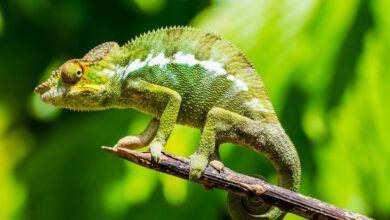How do snakes shed their skin?
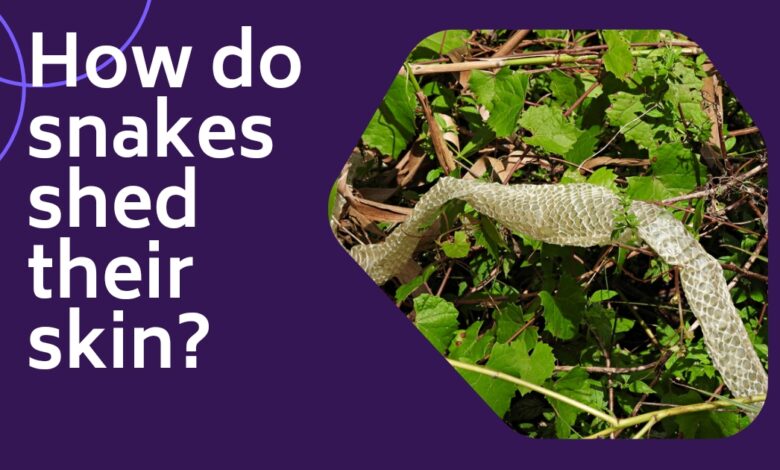
How do snakes shed their skin?
Shedding, or ecdysis, is a natural and essential process for snakes, allowing them to accommodate growth, remove parasites, and maintain overall health.
Snakes shed their skin periodically throughout their lives, and this intricate process involves a series of fascinating biological adaptations. From the triggers initiating shedding to the intricacies of the shedding behavior itself, understanding this aspect of a snake’s life provides insights into their unique physiology and the factors influencing their shedding cycles.
There is a notable connection between a snake’s age, growth, and shedding patterns. Younger snakes generally shed more frequently than older ones, as they experience rapid growth in their early years.
As snakes mature, their growth rate slows, leading to less frequent shedding. Shedding is closely tied to the snake’s need to accommodate its increasing size, and the frequency of shedding is often a reflection of its growth rate during specific life stages.
See Also: How do bears hibernate?
What triggers the onset of a snake’s shedding process?
The onset of a snake’s shedding process is primarily triggered by a combination of factors, including its growth rate, age, and environmental conditions. Snakes shed their skin to accommodate growth, heal injuries, and remove parasites.
The secretion of a special fluid between the old and new skin layers, known as ecdysis fluid, initiates the shedding process. This fluid softens the old skin, making it easier for the snake to wriggle out of it.
Environmental factors such as temperature, humidity, and light play crucial roles in influencing the timing and success of the shedding process. Additionally, snakes may shed more frequently if they have experienced stress or changes in their habitat.
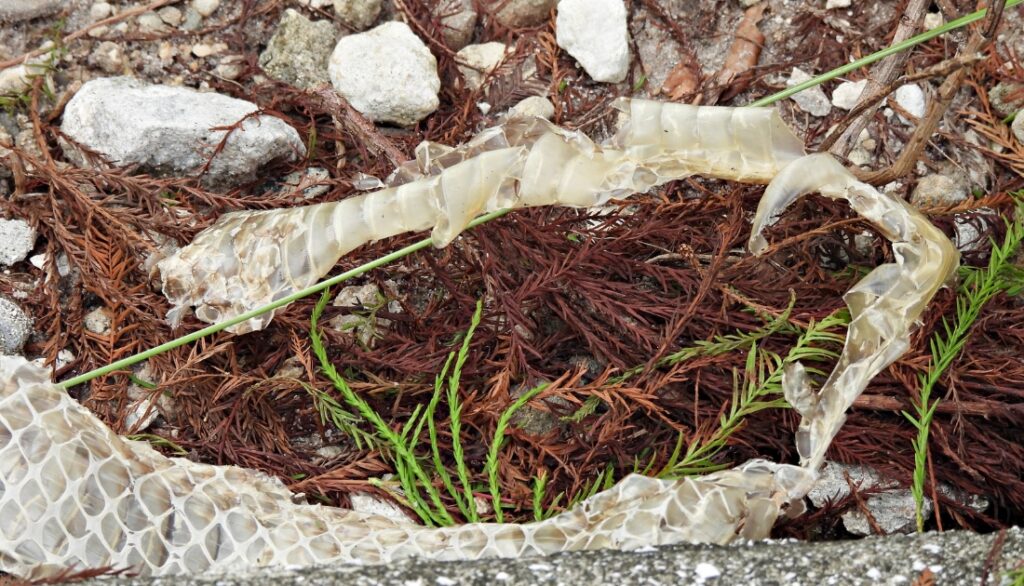
How long does it take for a snake to complete the shedding process?
The duration of a snake’s shedding process varies among species and individuals but generally takes around 1 to 2 weeks. It involves several distinct stages, starting with the snake’s eyes clouding over, which is called “blue phase” or “opaque phase.”
During this phase, a milky fluid covers the eyes, causing temporary blindness. The snake’s body continues producing ecdysis fluid, facilitating the separation of the old skin from the new one. Once the eyes clear, indicating the completion of the shedding cycle, the snake is left with a vibrant, freshly molted skin. Factors such as the snake’s age, health, and environmental conditions can influence the shedding duration.
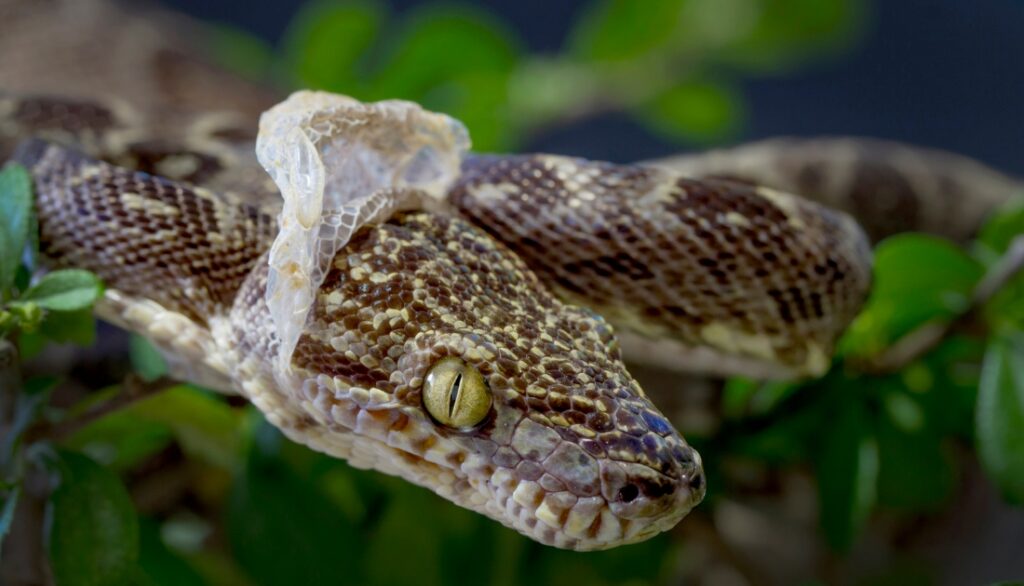
snakes can occasionally shed their skin in multiple pieces, a phenomenon known as “incomplete shedding” or “dysecdysis.” While it’s not uncommon, repeated occurrences may indicate an underlying issue. Causes can range from insufficient humidity in the enclosure to health problems, such as malnutrition or skin infections.
Snake owners should monitor their pet’s shedding patterns and address any recurring issues promptly. Providing an appropriate environment with proper humidity levels and ensuring a balanced diet can contribute to successful shedding for snakes. Regular veterinary check-ups are advisable to detect and treat potential health issues.
Do all snakes shed their skin at the same frequency?
No, snakes do not shed their skin at the same frequency, as shedding patterns vary among species and individuals. Factors influencing shedding frequency include the snake’s age, growth rate, species, and environmental conditions. Young snakes typically shed more frequently than adults, and some species shed more often due to faster growth rates.
Additionally, environmental factors such as temperature and humidity play a crucial role in the shedding process. Some snakes shed every few weeks, while others may shed less frequently, perhaps only a few times a year. Monitoring individual snakes and understanding their specific needs is essential for proper care.
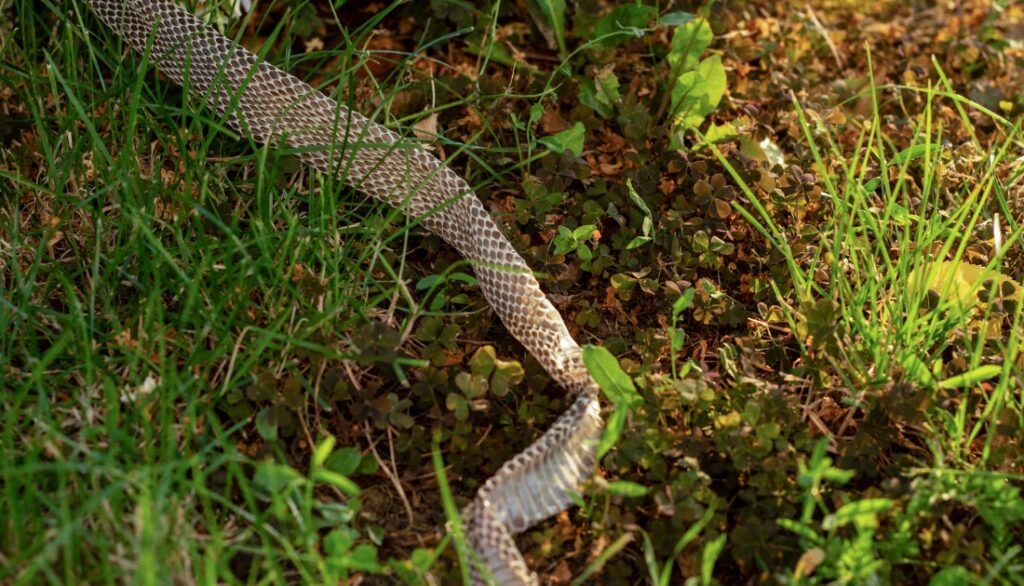
Are there common issues, like retained eye caps, during shedding?
Snakes may experience common issues during shedding, such as retained eye caps. This occurs when the transparent covering over the eye, known as the eye cap, does not shed properly. Retained eye caps can lead to vision problems and discomfort for the snake. Maintaining proper humidity in the snake’s environment, providing a shedding box, and ensuring a suitable substrate can help prevent issues like retained eye caps. Regular inspection during shedding and addressing any concerns promptly contribute to the snake’s overall well-being.



